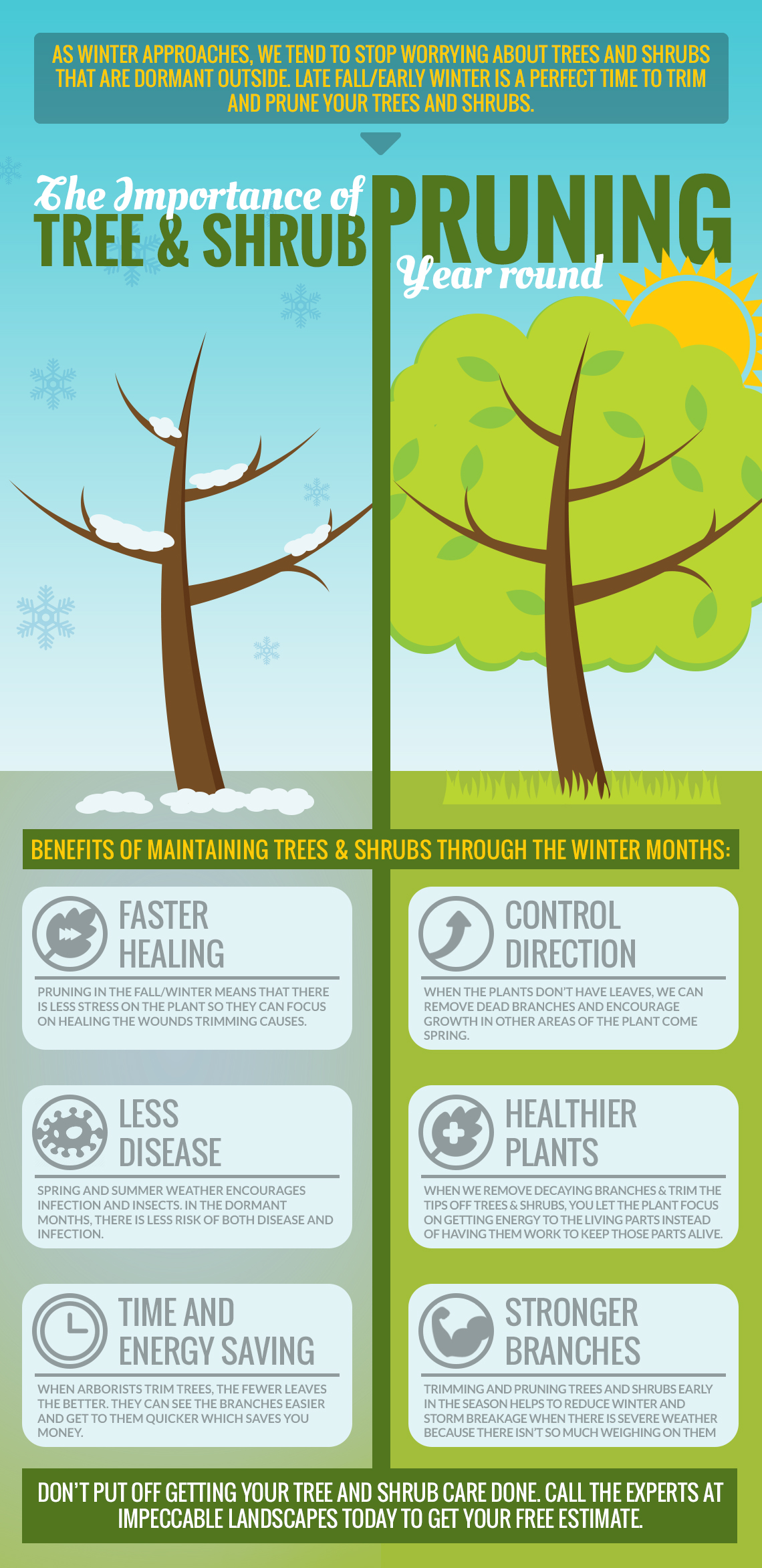Search For Considerable Warnings That Your Tree Could Be A Risk; Knowing These Can Help Secure Your Home And Your Family.What Should You Look Out For Next?
Search For Considerable Warnings That Your Tree Could Be A Risk; Knowing These Can Help Secure Your Home And Your Family.What Should You Look Out For Next?
Blog Article
https://www.chamberofcommerce.com/united-states/colorado/loveland/tree-service/2023305821-precision-timber-felling -Vogel Malling
When it comes to tree treatment, acknowledging the indicators that it's time for elimination is crucial for your safety and security and property. You might observe stained fallen leaves, wilting branches, or odd fungal developments showing illness. Architectural issues, like a substantial lean or cracks in the trunk, can likewise position threats. Comprehending these indication can help you make informed choices concerning your trees and avoid prospective threats hiding in your lawn. What should you search for next?
Indicators of Decay and Disease
When you observe indicators of degeneration and condition in your trees, it's critical to act rapidly. Seek discolored leaves, wilting branches, or unusual developments like fungus. These can indicate that your tree is struggling.
If you see fractures in the bark or soft, mushy timber, these signs suggest internal decay. In addition, a sudden boost in pests around your tree can signal that it's deteriorated and vulnerable.
Check for any kind of dead or passing away limbs, as they posture a threat to your building and security. If you're uncertain about what you see, getting in touch with an arborist can offer quality.
Addressing these signs early can save you from much more comprehensive damage and ensure the wellness of your lawn. Don't wait until it's too late.
Structural Instability and Leaning
As you observe your trees, watch out for any kind of indications of structural instability or leaning. If a tree leans considerably, it may indicate that the root system is compromised.
Search for any type of cracks in the trunk or dirt around the base; these can indicate prospective failing. In addition, look for uncommon development patterns, like an uneven crown, which may recommend that the tree is having a hard time to hold itself upright.
If you notice that the tree leans toward your home, high-voltage line, or other structures, it poses a greater risk. Do not disregard these signs-- speak with an arborist to examine the situation.
Doing something about it early can prevent pricey damages and ensure your security.
Dead or Perishing Branches and Foliage
If you see dead or dying branches and foliage on your tree, it's a clear sign that something's wrong.
These unhealthy locations can show underlying concerns like disease, parasite problems, or environmental stress and anxiety. When branches shed their fallen leaves or transform brown, they're no more adding to the tree's wellness. Neglecting these indicators could result in more decrease, making your tree a lot more unsafe.
Dead branches can conveniently break off during tornados, positioning a risk to property and people close by. It's important to evaluate the degree of the damage.
If the problem influences a substantial part of the tree, take into consideration speaking with a professional. They can aid establish if removal is necessary to make certain safety and keep the beauty of your landscape.
Final thought
If you notice any indicators of decay, structural instability, or dead branches on your trees, do not neglect them. https://www.bobvila.com/slideshow/15-of-the-best-trees-for-any-backyard-49100 can present major safety threats to you and your residential property. It's constantly best to speak with an expert arborist who can offer a professional assessment of your trees. Taking action early can stop crashes and costly damages, ensuring your landscape stays risk-free and healthy and balanced. Bear in mind, it's far better to be positive about tree care than to wait for a disaster to occur.
